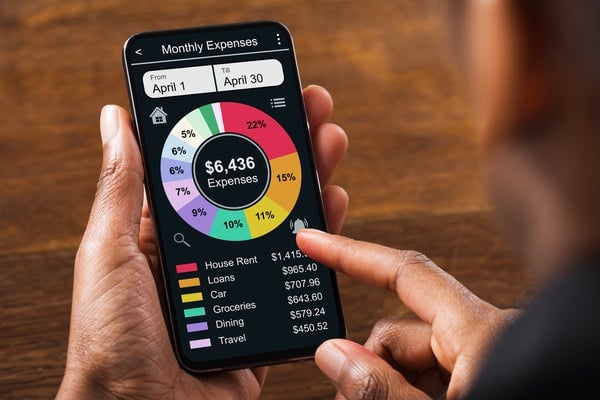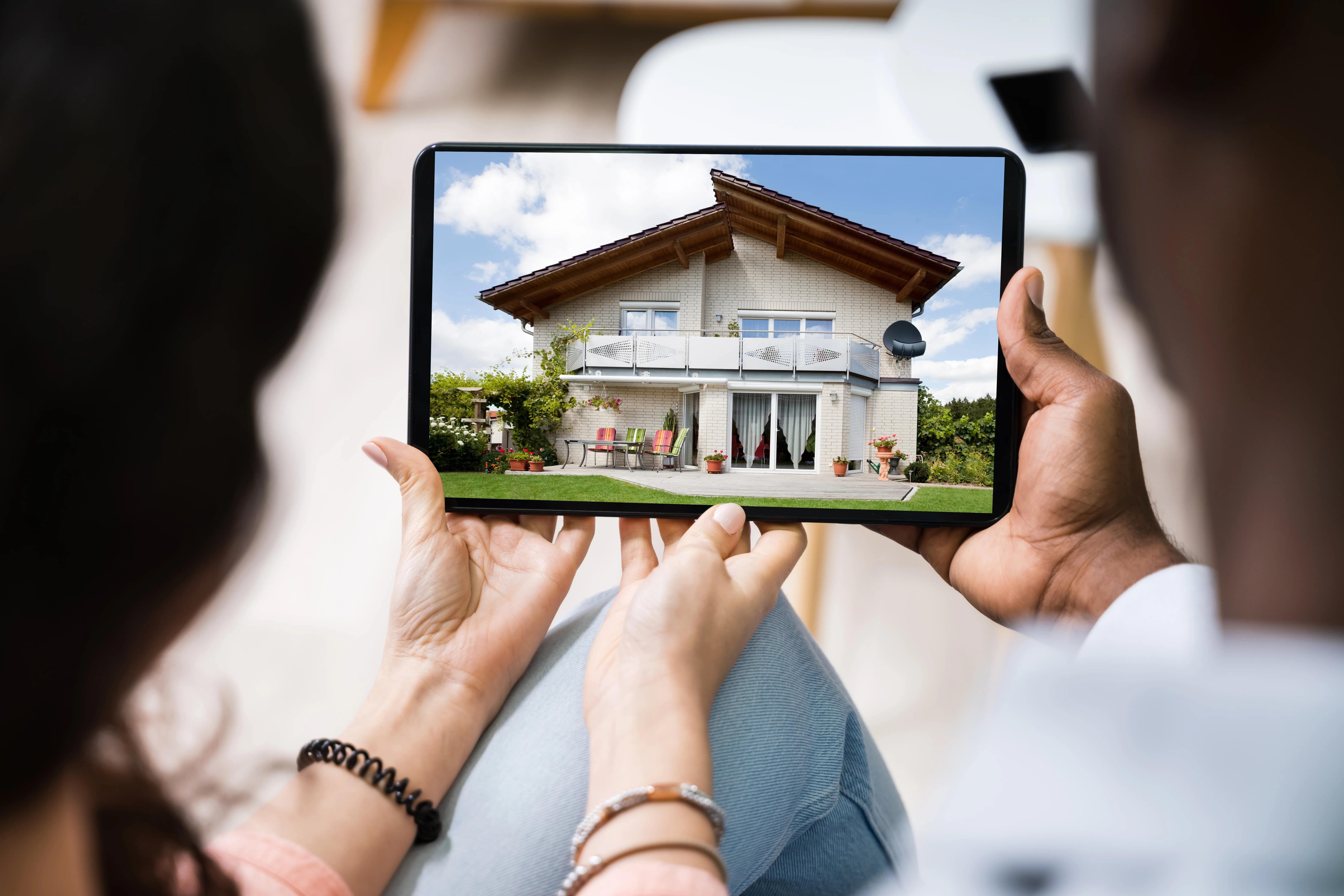Money-saving apps aren’t just tools for the techno-dexterous. They’re often simple, easy-to-use programs, even for those of us who haven’t hopped onto the digital budgeting train. If you’re looking for an intuitive, effortless way to achieve your financial goals, check out our list of the best money apps.
-
Mint. One of the top money apps out there, Mint connects all your financial accounts, including retirement funds, stocks, bank accounts, and credit cards in one glorious intersectional digital space to provide a unique, bird’s-eye view of your money habits. Mint automatically categorizes your transactions, meaning that you can find out just how much money you really spend on your morning lattes each month. The app also allows you to create a personalized user experience through customizable tags; even though that trip to the golf course might technically fall under entertainment, you can also note that you only golfed for work. For money-saving apps, free feels better, and Mint won’t ask you to pay a dime unless you upgrade to the premium version.
-
PocketGuard. A great money-saving app for shopping, PocketGuard is specifically designed to help modify spending habits and save towards goals. The app tracks what you spend on your debit and credit cards, including subscription services, to help you lower your monthly bills. It automatically creates a monthly pie chart depicting where you’re spending your money. PocketGuard also includes an “In My Pocket” tracker, which shows you how much money you can access outside of paying bills and saving for specific goals. Although there is a free version of the app, PocketGuard also offers a paid version with more bells and whistles.
-
Trim. Trim alerts you to recurring charges like that streaming service you’re still paying for with that show you no longer watch. It also tells you which bills you might be paying too much on; its Trim Bill Negotiator program helps negotiate the price of cable and internet services. Trim sends automated updates about your bank account and primary credit card spending habits. While Trim is a free money-saving app, the bill negotiator takes its cut as a portion of whatever it helps you save.
-
Goodbudget. Unlike other automated budget apps, Goodbudget leaves it up to you to manually edit your account balance, expenses, and savings. This means that instead of tracking—and often instilling a little guilt about—your past transactions (weekly take-out, we’re looking at you), the app nudges you to look towards the future by helping plan your finances. Goodbudget relies on the envelope budgeting system, which splits your income into different categories and limits the amount you’re allowed to spend in each category. The standard version of the app is free, while the premium version costs a small monthly fee.
-
Mvelopes. If you’re more interested in anticipating the future than analyzing the past, Mvelopes takes the envelope budgeting system a step past Goodbudget by linking your bank accounts and cards to the app; you don’t need to manually enter your information. Instead of automatically forming a budget for you, as many other apps do, Mvelopes helps you figure out where you want your money to be spent and what specific envelope you’re getting that money from. Although you must purchase a membership plan to use Mvelopes, its plans are flexible and its prices modest.



